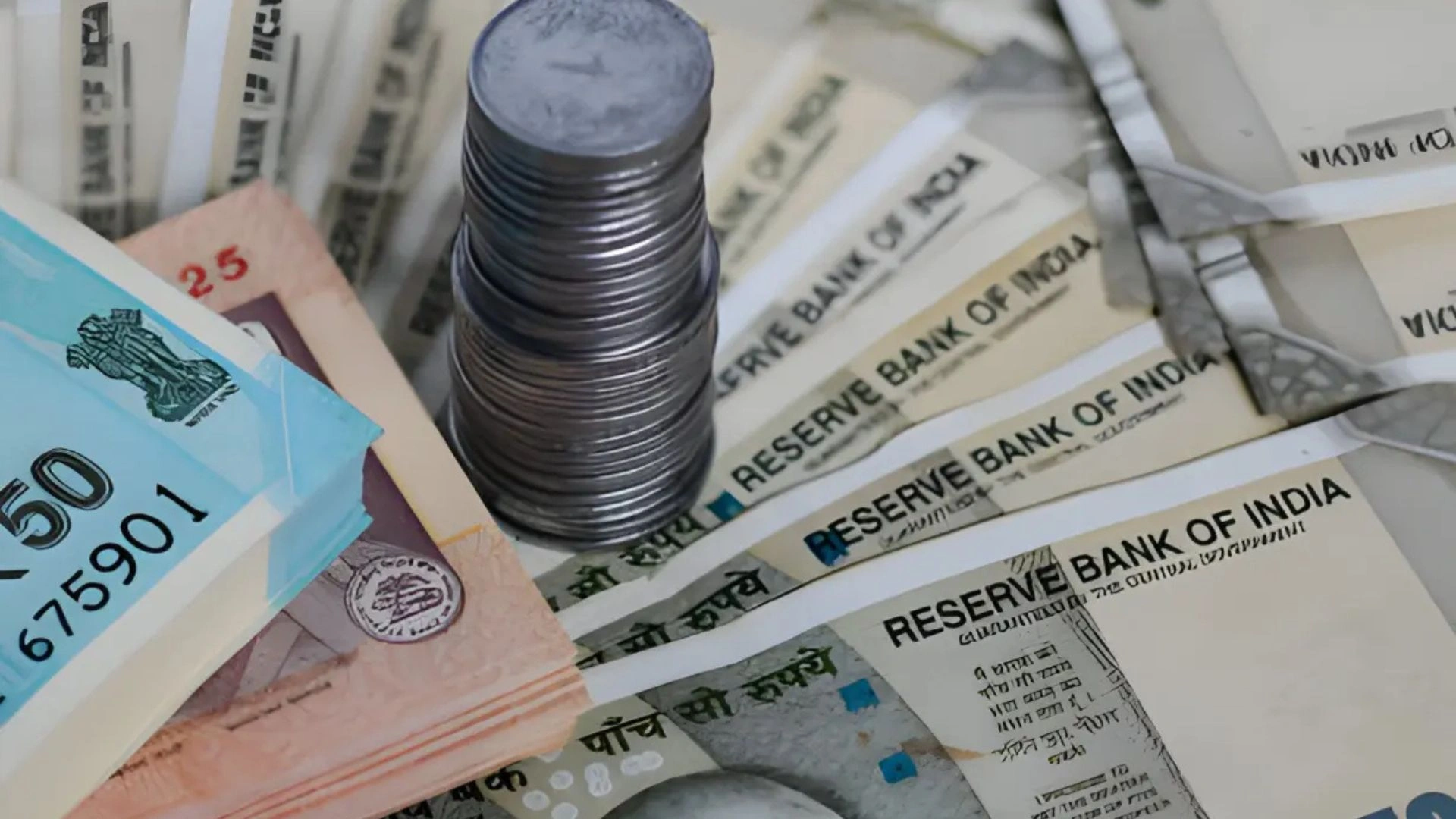The Indian rupee tumbled to a new record low of 85.84 against the U.S. dollar on Monday, as it continued to weaken in the face of an ongoing bearish sentiment on the South Asian currency. This was in the wake of a broadly stronger dollar and sluggish capital inflows that had been buoyed by a slowdown in India’s economic growth. It marked a new low on the rupee, faring worse than the previous record of 85.8075 set in late December.
The Indian rupee closed down at 85.8275, having reduced by almost 0.1%. Though continuous pressure was on the rupee due to downward tendencies, traders noticed that dollar selling efforts from RBI intervention limited further falls. Still, the trend in the rupee is downward with ongoing concerns on the Indian economy and the power of the dollar in the rest of the world.
Intervention From RBI
Traders noted that the RBI’s intervention appeared focused on keeping the rupee under 86 against the dollar, especially as the inauguration of U.S. President-elect Donald Trump approaches later this month. This intervention is seen as a temporary measure to manage volatility, as the U.S. dollar’s strength continues to exert pressure on emerging market currencies like the rupee.
The dollar index, which measures the U.S. dollar’s strength against a basket of currencies, declined 0.3% to 108.5 on Monday. This forced the rupee to fight shy even though it saw a retreat as the dollar remained in high demand in the local spot market and non-deliverable forwards market.
Expectations Of Continued Bearish Outlook
The expectation of a hawkish stance by the U.S. Federal Reserve in the wake of Trump’s inauguration and continued strength in the dollar index have kept the rupee on the defensive. Analysts from ING Bank said that the dollar’s momentum may continue, with a target of 110 for the dollar index in the coming weeks. The rupee is likely to face challenges in the near term.
The woes of the rupee were yet to be compounded by the decline in Indian equities. Benchmark stock indices, including the BSE Sensex and Nifty 50, ended the day down by 1.6%. Foreign investors have also been pulling out capital, with data showing that $1.1 billion worth of local stocks and bonds have been sold so far in January. This outflow of capital was adding further pressure on the rupee.
The outlook for the rupee remains bearish due to a combination of a stronger U.S. dollar, capital outflows, and concerns about India’s economic growth trajectory despite interventions by the Reserve Bank of India. Coming weeks could see continued volatility with foreign exchange and equity markets remaining under pressure.
ALSO READ | Travel Insurance Checklist For Winter Flight Cancellations And Delays






















